Home>Technology>Smart Home Devices>How To Change Print Quality On HP Printer
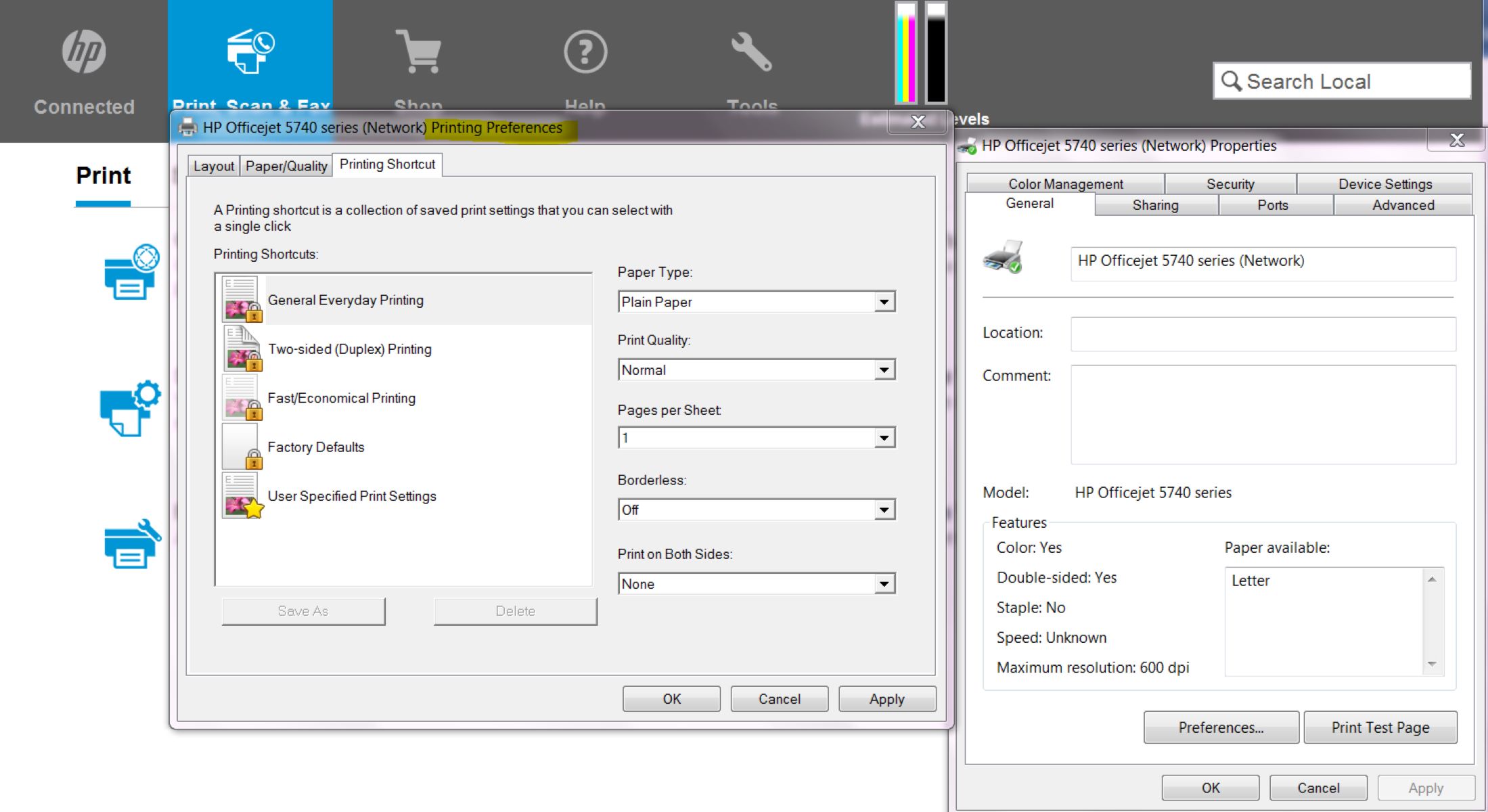

Smart Home Devices
How To Change Print Quality On HP Printer
Modified: January 18, 2024
Learn how to improve print quality on your HP printer with our expert tips and tricks. Enhance your printing experience for smart home devices. Unlock professional-quality prints today!
(Many of the links in this article redirect to a specific reviewed product. Your purchase of these products through affiliate links helps to generate commission for Storables.com, at no extra cost. Learn more)
**
Introduction
**
Smart home devices have revolutionized the way we live, offering convenience, efficiency, and connectivity like never before. Among these, the HP Printer stands out as a versatile and indispensable tool for modern households and offices. With its ability to produce high-quality prints at the touch of a button, the HP Printer has become an essential component of the smart home ecosystem.
In this comprehensive guide, we will delve into the intricacies of optimizing print quality on an HP Printer. Whether you are looking to enhance the clarity and vibrancy of your prints or troubleshoot common print quality issues, this article will equip you with the knowledge and techniques needed to achieve exceptional results.
From checking and adjusting print quality settings to troubleshooting common issues, we will explore every facet of print quality optimization with the HP Printer. By the end of this guide, you will be well-versed in the art of maximizing print quality, ensuring that your printed materials consistently meet the highest standards of excellence.
So, let's embark on this journey to unlock the full potential of your HP Printer and elevate the quality of your printed output to new heights. Whether you are a seasoned user or a newcomer to the world of smart home printing, this guide is designed to empower you with the insights and expertise needed to make the most of your HP Printer's capabilities. Let's dive in and discover the secrets to achieving impeccable print quality with ease and precision.
**
Key Takeaways:
- Optimize print quality on your HP Printer by adjusting settings for resolution, color, and quality modes. Troubleshoot common issues like faded prints and blurred text to maintain exceptional results.
- The HP Printer empowers you to produce outstanding prints with clarity and vibrancy. Regular maintenance and informed adjustments ensure a seamless and exceptional printing experience.
Read more: How To Change Print Size On HP Printer
Checking Print Quality Settings
**
Before delving into the process of adjusting print quality settings, it is crucial to first assess the current settings on your HP Printer. By examining the print quality settings, you can gain valuable insights into the configuration and make informed decisions about potential adjustments.
On your HP Printer, the print quality settings can be accessed through the printer driver software installed on your computer. This software serves as the control center for managing various aspects of the printing process, including print quality. To check the print quality settings, follow these steps:
- Accessing the Printer Properties: Begin by locating the HP Printer icon on your computer and right-clicking on it. From the context menu that appears, select “Printer Properties” or “Printing Preferences” to access the settings panel.
- Navigating to Print Quality Settings: Within the printer properties or printing preferences window, look for the tab or section related to print quality. This is where you can view and modify settings such as print resolution, color options, and print quality modes.
- Examining Current Settings: Take a close look at the current print quality settings displayed on the screen. Pay attention to parameters such as print resolution (expressed in DPI), color options (e.g., grayscale or color), and any specific print quality modes or presets available.
By carefully examining the print quality settings, you can gain a clear understanding of the current configuration and identify any areas that may require adjustment. This initial assessment sets the stage for fine-tuning the print quality to align with your specific preferences and requirements.
Furthermore, familiarizing yourself with the existing print quality settings empowers you to make informed decisions when optimizing print quality on your HP Printer. Whether you seek to enhance the sharpness of text, improve color accuracy, or optimize print speed, a thorough understanding of the current settings is essential.
With the print quality settings duly examined, you are now ready to embark on the next phase of the optimization process: adjusting the print quality settings to achieve your desired output.
**
Adjusting Print Quality Settings on HP Printer
**
Once you have familiarized yourself with the current print quality settings on your HP Printer, it’s time to explore the process of adjusting these settings to optimize print quality according to your preferences and specific printing needs. Whether you are aiming for crisp text, vibrant images, or efficient printing, the HP Printer offers a range of customizable options to fine-tune the print quality to your satisfaction.
Here’s a step-by-step guide to adjusting print quality settings on your HP Printer:
- Accessing Printer Properties: Begin by locating the HP Printer icon on your computer and right-clicking on it. From the context menu, select “Printer Properties” or “Printing Preferences” to access the settings panel.
- Navigating to Print Quality Settings: Within the printer properties or printing preferences window, locate the tab or section related to print quality. This is where you can modify settings such as print resolution, color options, and print quality modes.
- Modifying Print Resolution: Adjust the print resolution to achieve the desired level of detail and clarity in your prints. Higher resolutions result in sharper output, while lower resolutions can expedite the printing process. Select the appropriate DPI (dots per inch) setting based on the type of content being printed.
- Color Options and Settings: If your HP Printer supports color printing, explore the color options available in the print quality settings. You may have the choice to print in grayscale or color, as well as the ability to adjust color balance and saturation for optimal results.
- Print Quality Modes: Some HP Printers offer predefined print quality modes or presets, such as “Draft,” “Normal,” and “Best.” These modes dictate the balance between print quality and printing speed. Select the mode that best aligns with your priorities, whether it’s fast printing or top-notch quality.
By making thoughtful adjustments to these print quality settings, you can tailor the output of your HP Printer to meet specific requirements, whether it’s producing professional documents, vibrant photographs, or efficient drafts. The flexibility and precision offered by HP Printer’s print quality settings empower you to achieve outstanding results with every print job.
It’s important to experiment with different settings and observe the impact on the printed output. By fine-tuning the print quality settings, you can unlock the full potential of your HP Printer and ensure that each print reflects the level of quality and precision you desire.
With the print quality settings optimized to your preferences, you are well-equipped to harness the full capabilities of your HP Printer and produce exceptional prints with ease and precision.
**
To change print quality on an HP printer, go to the printer settings on your computer, select “Quality” or “Media Type,” and choose a higher quality option for better prints.
Troubleshooting Print Quality Issues
**
While the HP Printer is renowned for its exceptional print quality, occasional issues may arise that impact the clarity, color accuracy, or overall output of your prints. When confronted with print quality issues, it’s essential to troubleshoot the underlying factors and implement corrective measures to restore the printer’s performance to optimal levels.
Here are some common print quality issues and the corresponding troubleshooting steps to address them effectively:
- Faded Prints: If your prints appear faded or lack vibrancy, the ink or toner levels may be low. Check the ink or toner cartridges and replace them if necessary. Additionally, ensure that the print quality settings are configured for optimal output, including selecting the appropriate paper type and print quality mode.
- Blurred or Smudged Text: Blurriness or smudging in printed text can result from several factors, including improper paper handling, low print resolution, or dirty printer components. Verify that the paper is loaded correctly and is compatible with the printer. Clean the printhead and rollers to maintain optimal print quality. Adjust the print resolution settings to enhance text clarity.
- Uneven Color Output: Inconsistent color output may stem from misaligned printheads, outdated printer drivers, or depleted ink cartridges. Run a printhead alignment process through the printer’s software to ensure accurate color reproduction. Update the printer drivers to the latest version to resolve any compatibility issues. Replace any depleted ink cartridges to maintain uniform color output.
- Streaks or Lines on Prints: Streaks or lines on prints often indicate clogged printheads or dirty printer components. Initiate a printhead cleaning cycle through the printer’s software to remove any obstructions or dried ink. Ensure that the paper path and feed mechanisms are clean and free of debris to prevent streaking during printing.
By systematically addressing these print quality issues through targeted troubleshooting steps, you can restore the HP Printer’s performance and ensure that your prints consistently meet the highest standards of quality. Regular maintenance and proactive troubleshooting are key to preserving the exceptional print quality that the HP Printer is renowned for.
Furthermore, staying informed about best practices for printer maintenance and print quality optimization can help prevent potential issues from arising, ensuring that your HP Printer continues to deliver outstanding results with every print job. By leveraging these troubleshooting techniques and proactive maintenance strategies, you can uphold the exceptional print quality that defines the HP Printer experience.
**
Conclusion
**
As we conclude this comprehensive guide to optimizing print quality on an HP Printer, it’s evident that achieving exceptional results is well within reach with the right knowledge and techniques at your disposal. The HP Printer, with its advanced print quality settings and versatile capabilities, empowers users to produce prints of outstanding clarity, vibrancy, and precision.
By checking and adjusting the print quality settings on your HP Printer, you can tailor the output to meet specific requirements, whether it’s producing professional documents, vibrant photographs, or efficient drafts. The flexibility offered by the printer’s settings enables you to fine-tune print resolution, color options, and print quality modes to achieve your desired output with ease and precision.
Furthermore, troubleshooting common print quality issues ensures that the printer’s performance remains at its peak, delivering consistent and exceptional prints with every job. By addressing issues such as faded prints, blurred text, uneven color output, and streaks or lines on prints, you can maintain the exceptional print quality that the HP Printer is renowned for.
It’s important to approach print quality optimization as a continuous process, where regular maintenance, informed adjustments, and proactive troubleshooting contribute to a seamless and exceptional printing experience. By staying attuned to the nuances of print quality settings and the factors that impact print output, you can ensure that your HP Printer consistently delivers outstanding results.
Ultimately, this guide serves as a valuable resource for maximizing the print quality of your HP Printer, empowering you to unleash its full potential and elevate the standard of your printed materials. Whether you are a home user, a small business owner, or a professional seeking top-tier print quality, the insights and techniques shared in this guide are designed to equip you with the expertise needed to achieve exceptional results with every print job.
As you apply the knowledge and techniques outlined in this guide, may your printing endeavors be marked by clarity, vibrancy, and precision, reflecting the hallmark of excellence that the HP Printer embodies. With a deep understanding of print quality settings and the ability to troubleshoot common issues, you are poised to unlock the full capabilities of your HP Printer and enjoy a superlative printing experience.
Here’s to a future filled with impeccable prints and a seamless, exceptional printing journey with your HP Printer.
Frequently Asked Questions about How To Change Print Quality On HP Printer
Was this page helpful?
At Storables.com, we guarantee accurate and reliable information. Our content, validated by Expert Board Contributors, is crafted following stringent Editorial Policies. We're committed to providing you with well-researched, expert-backed insights for all your informational needs.

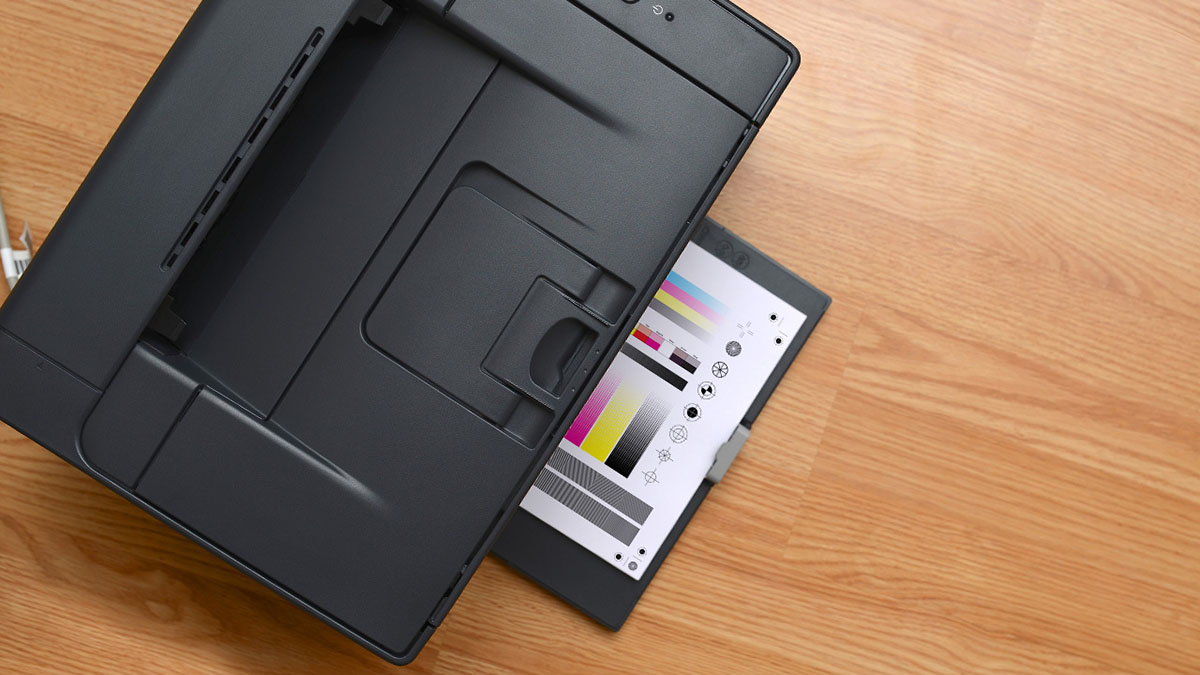
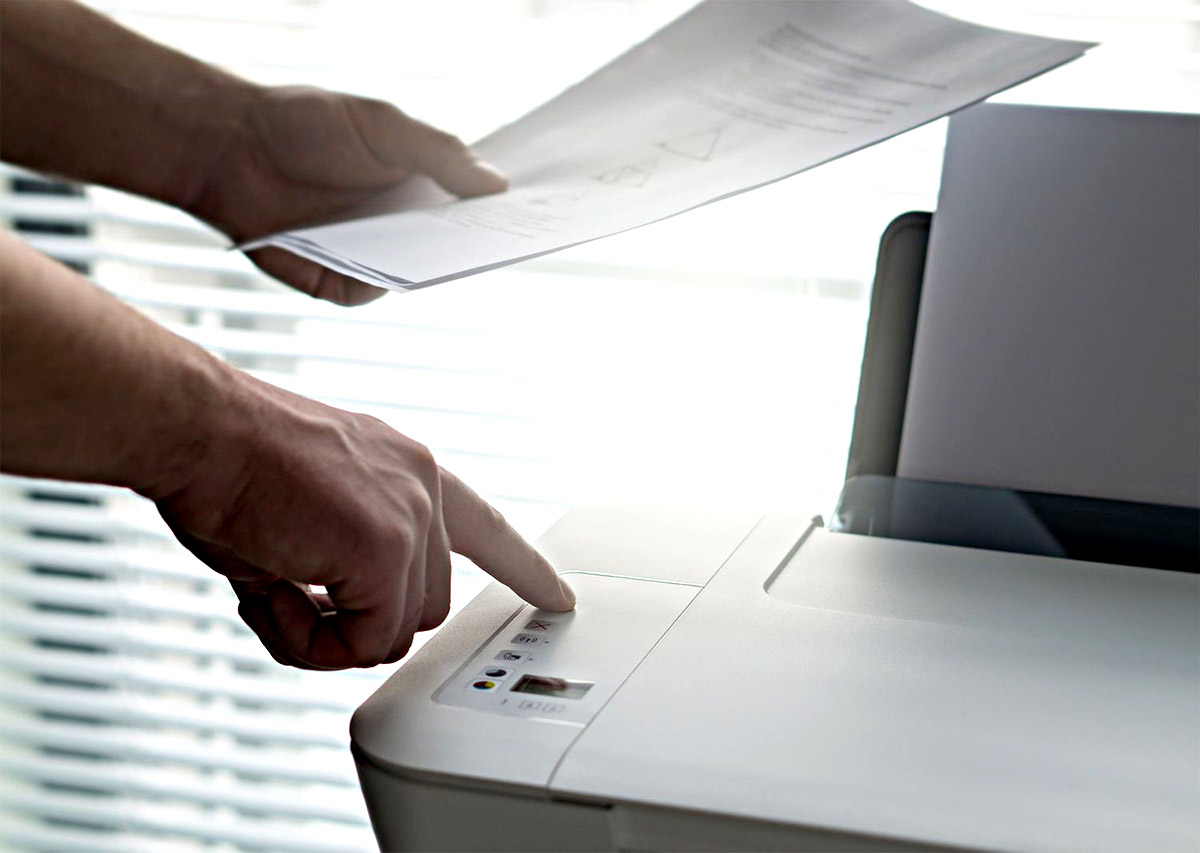
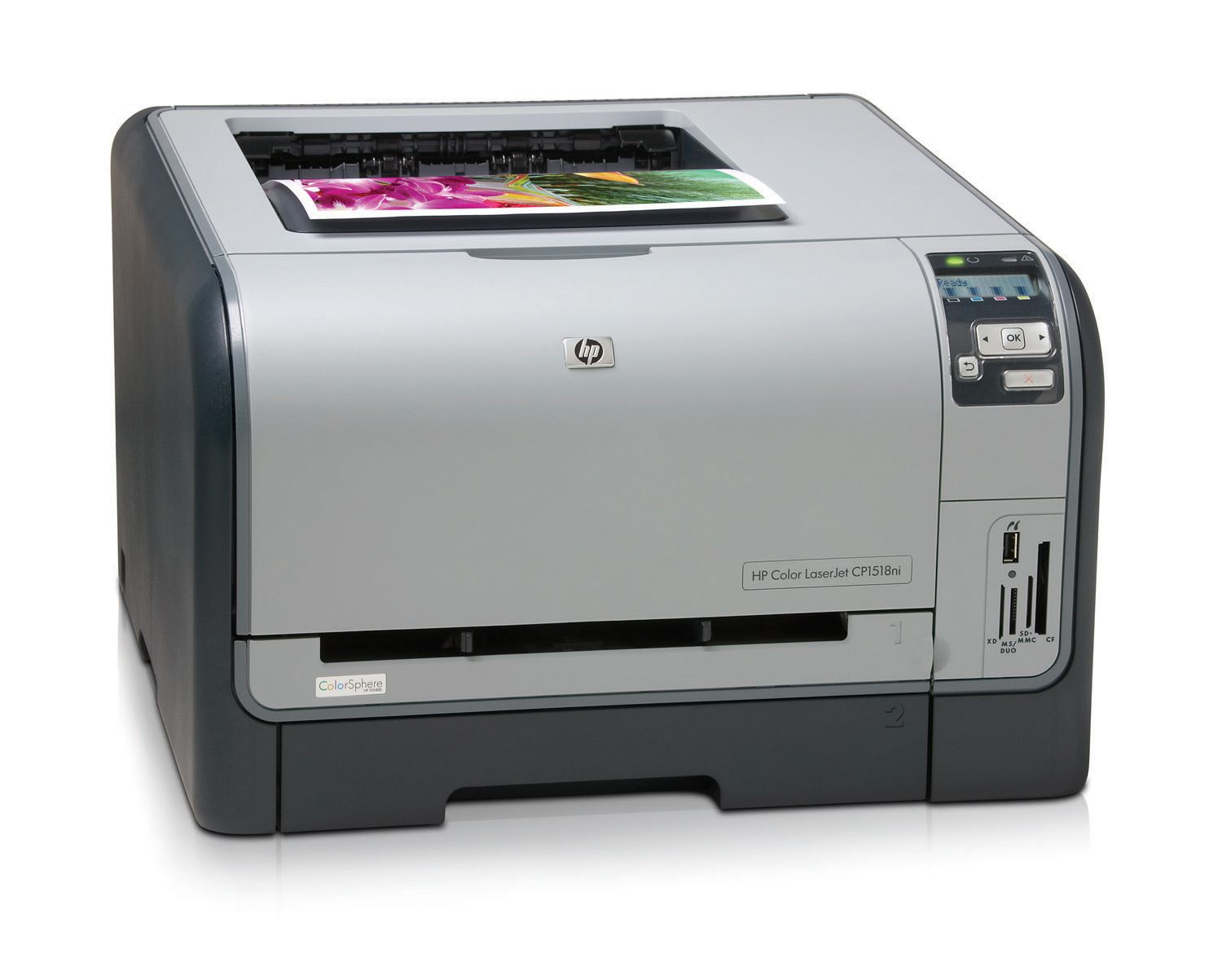
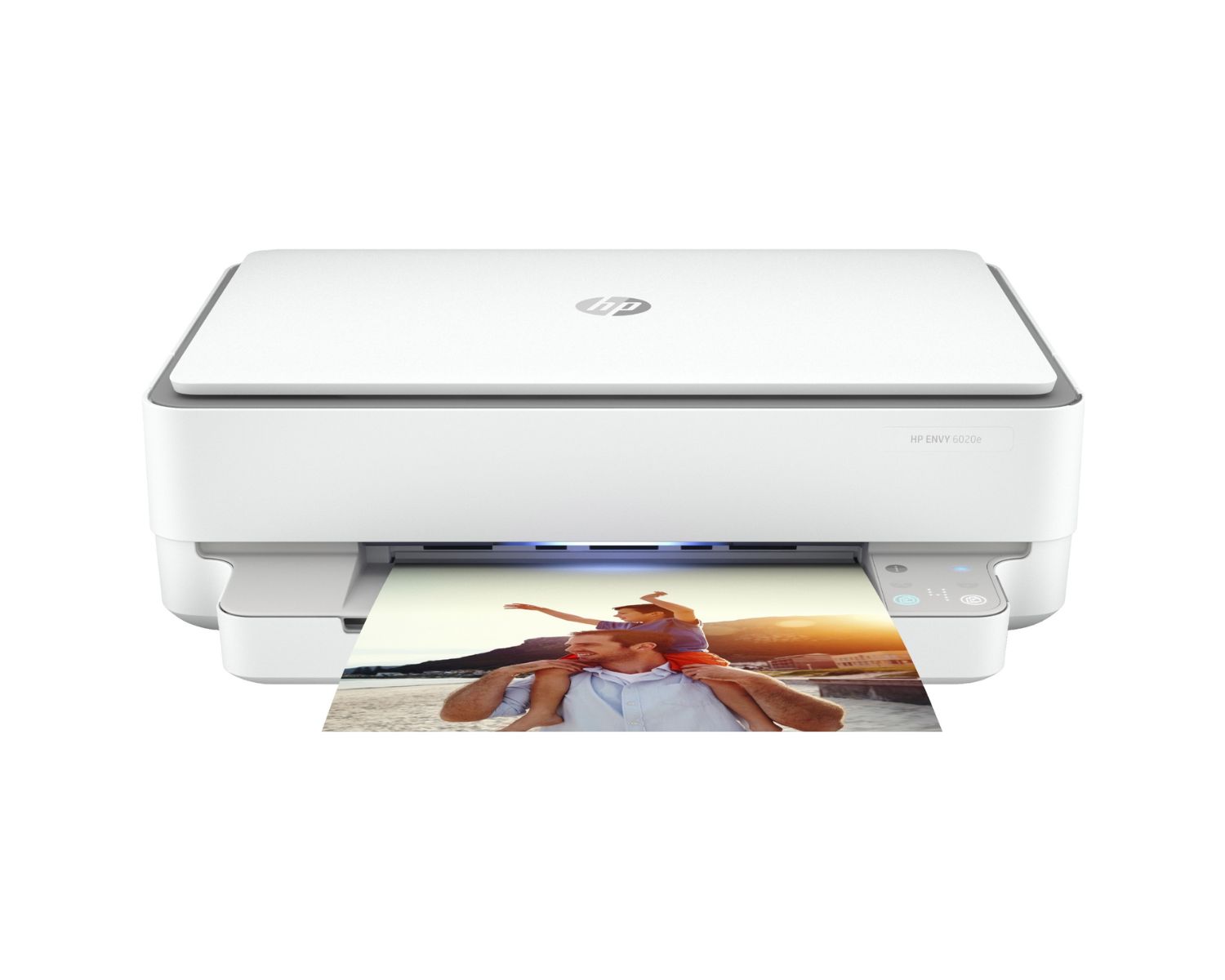
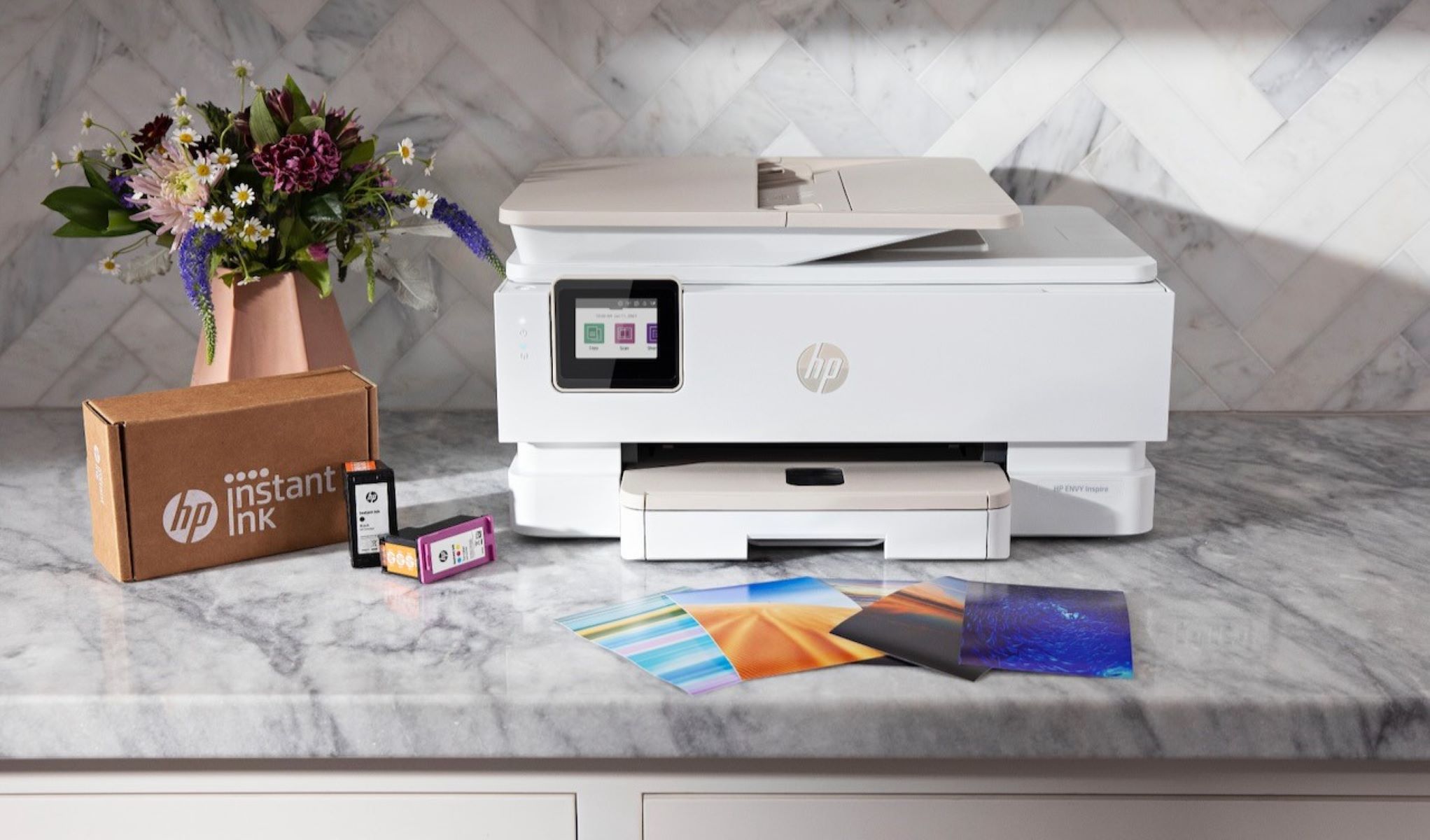
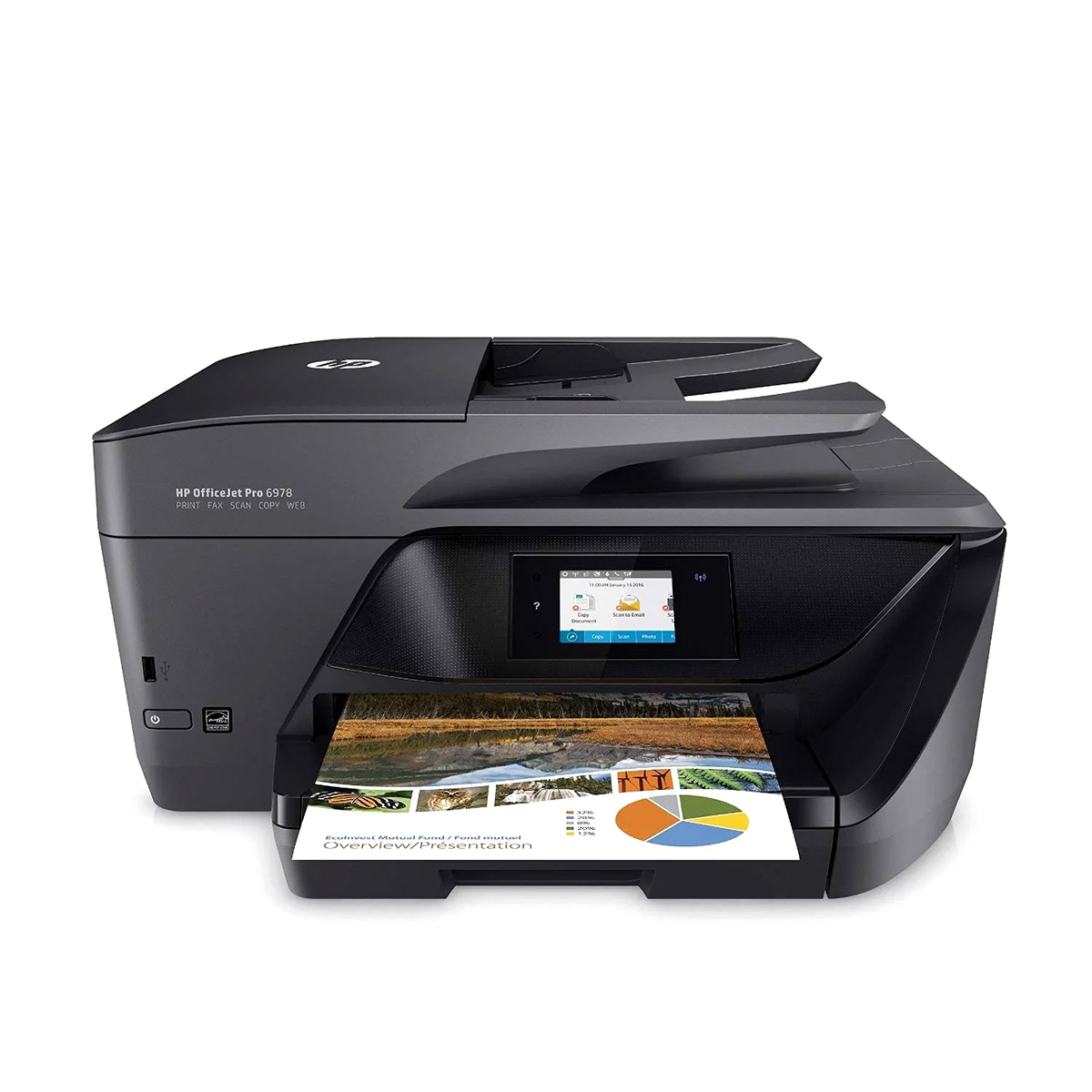
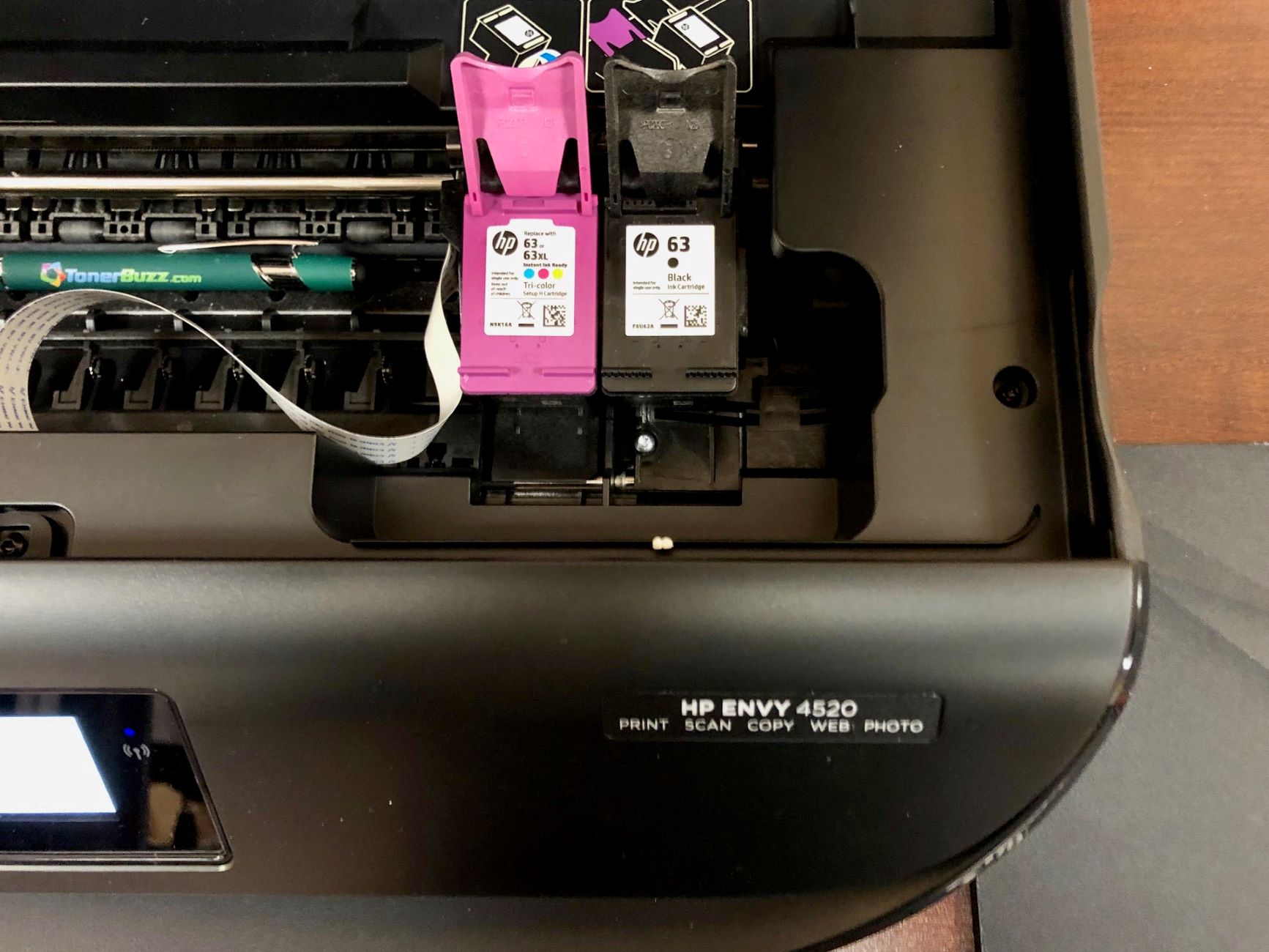
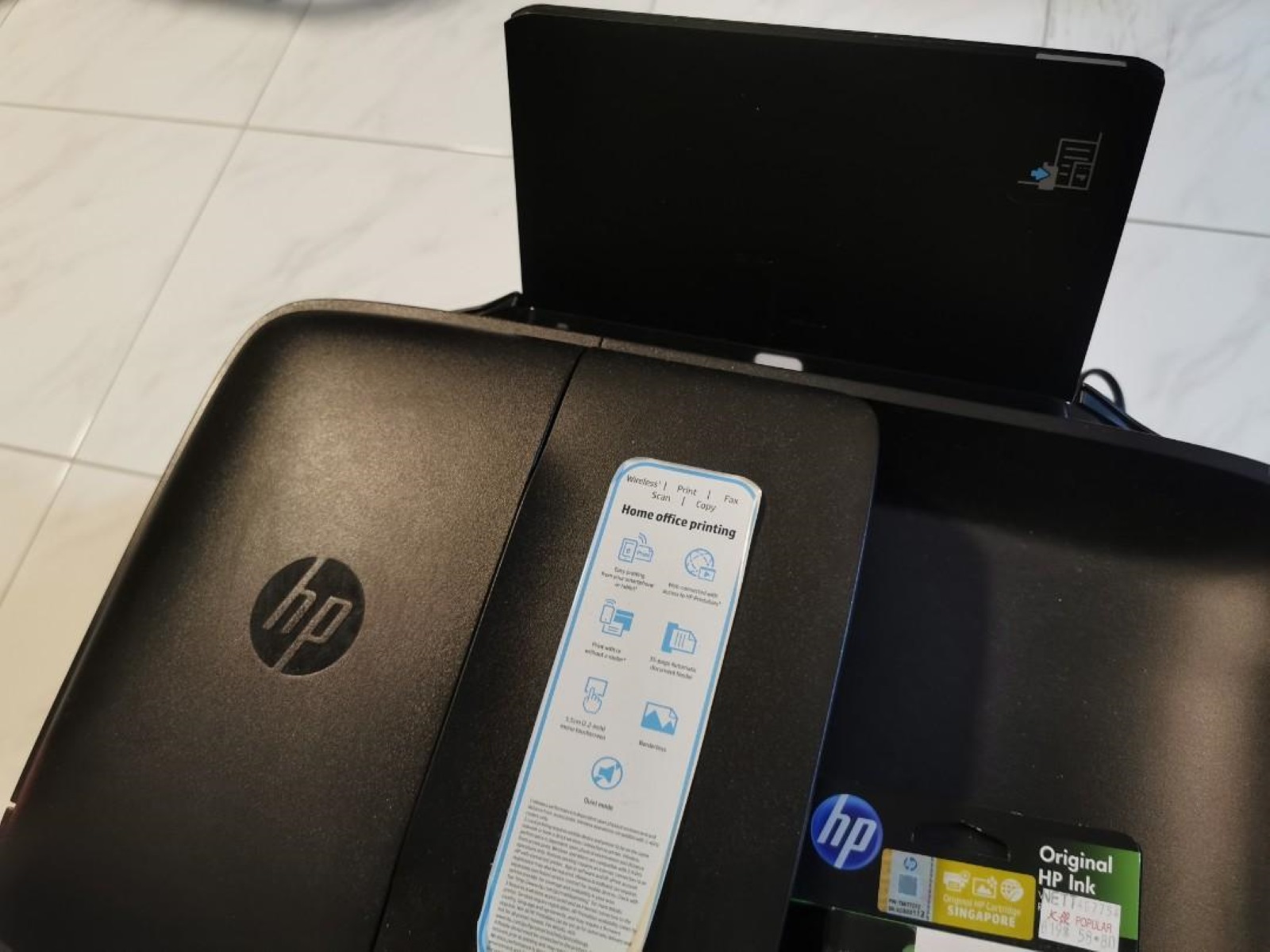
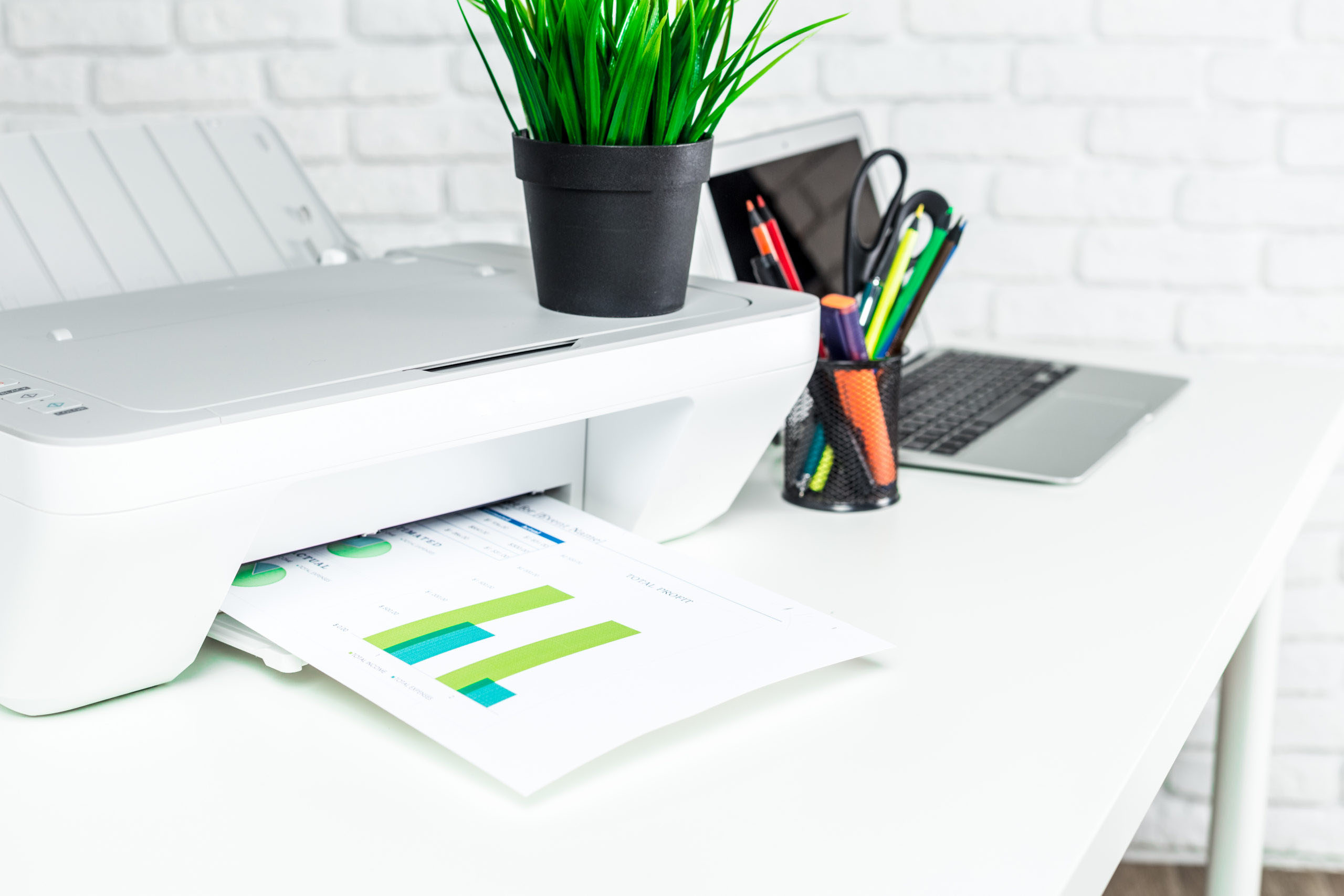
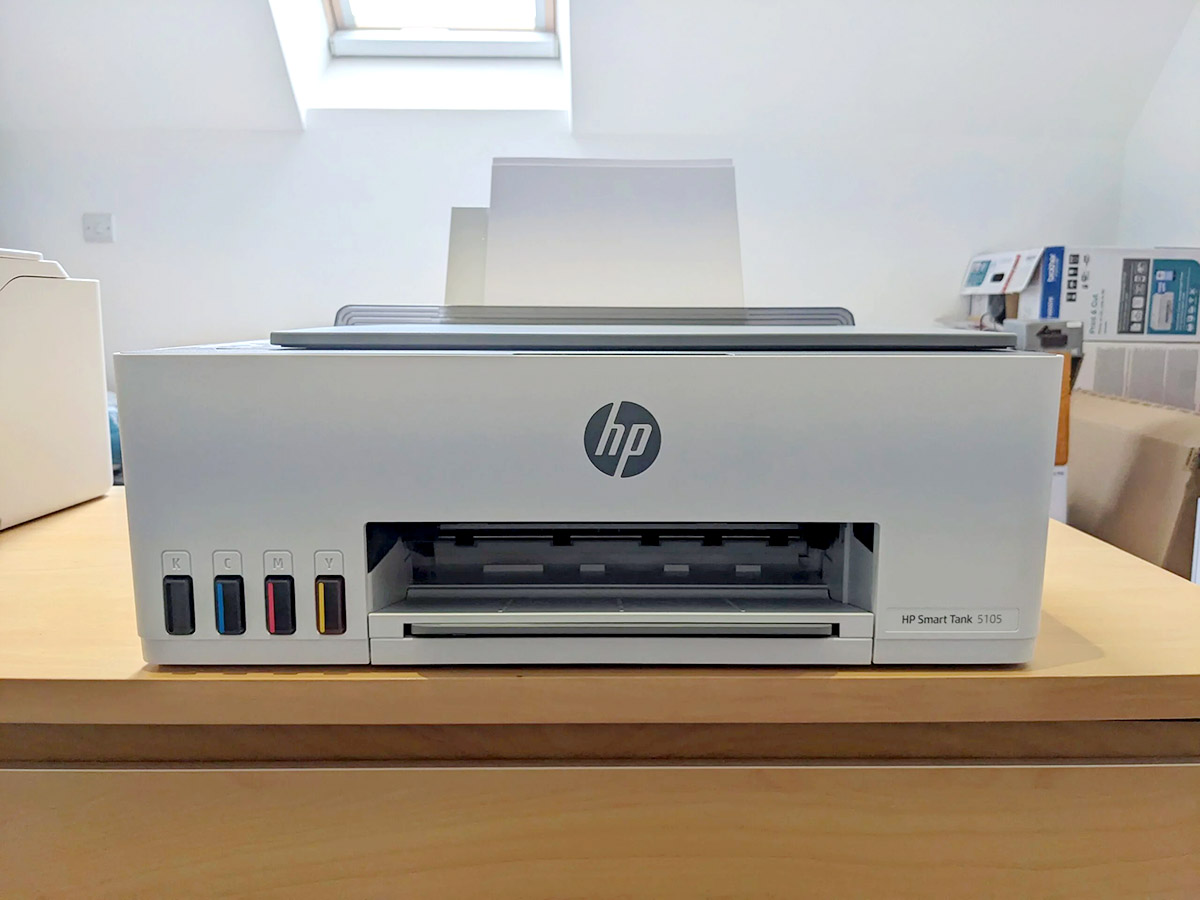
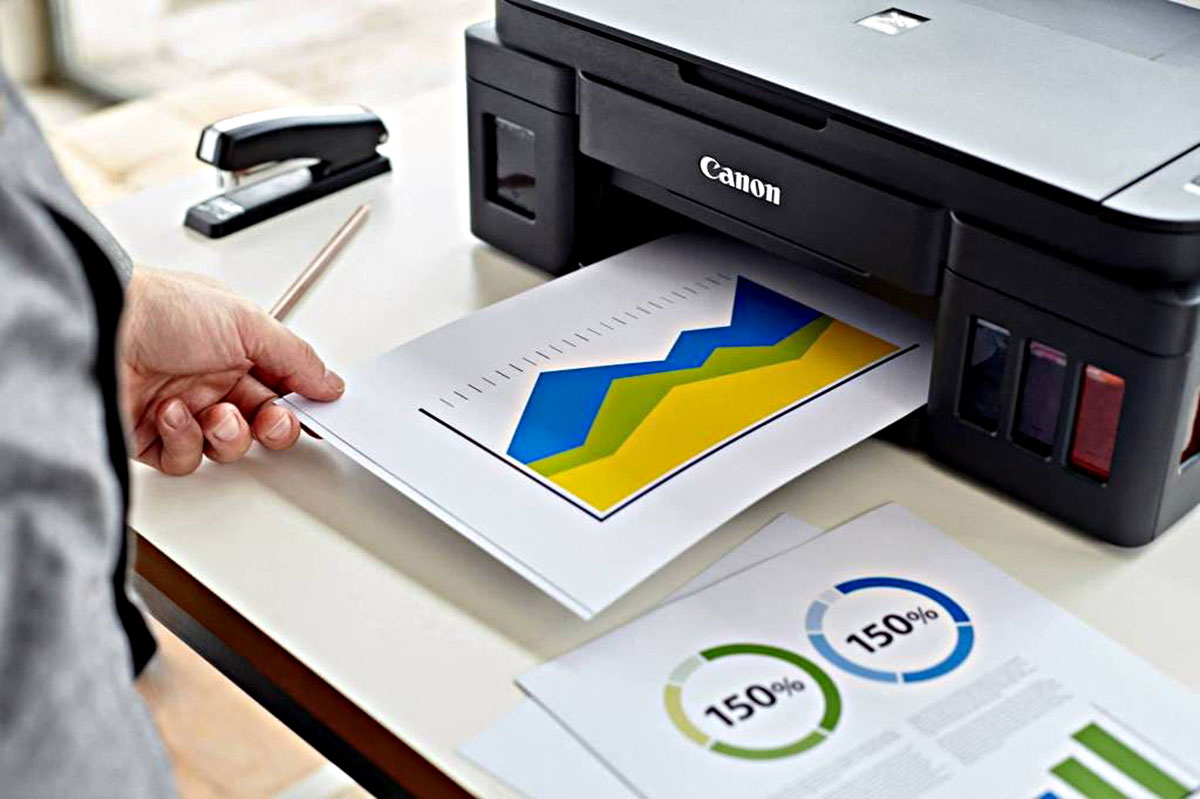
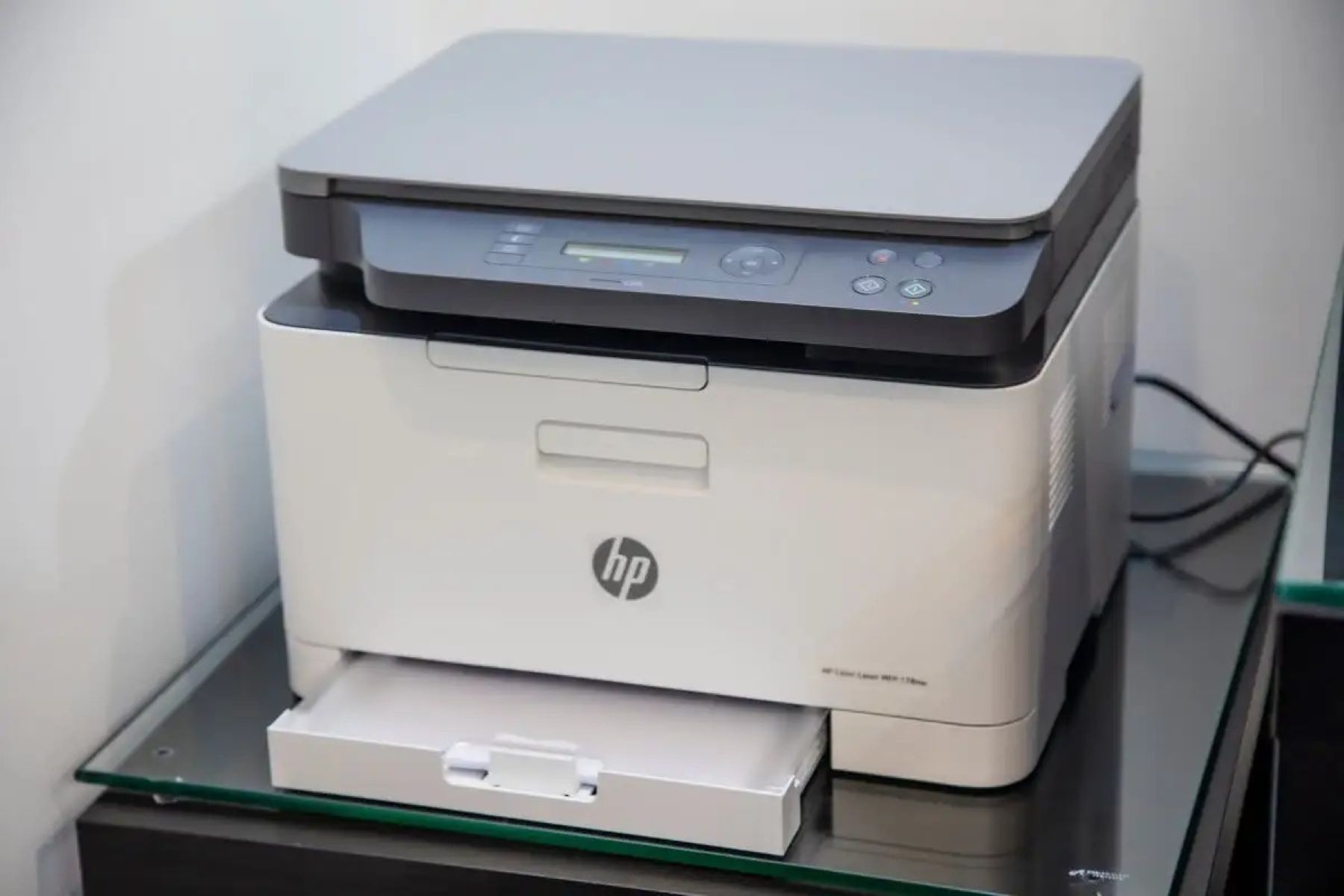
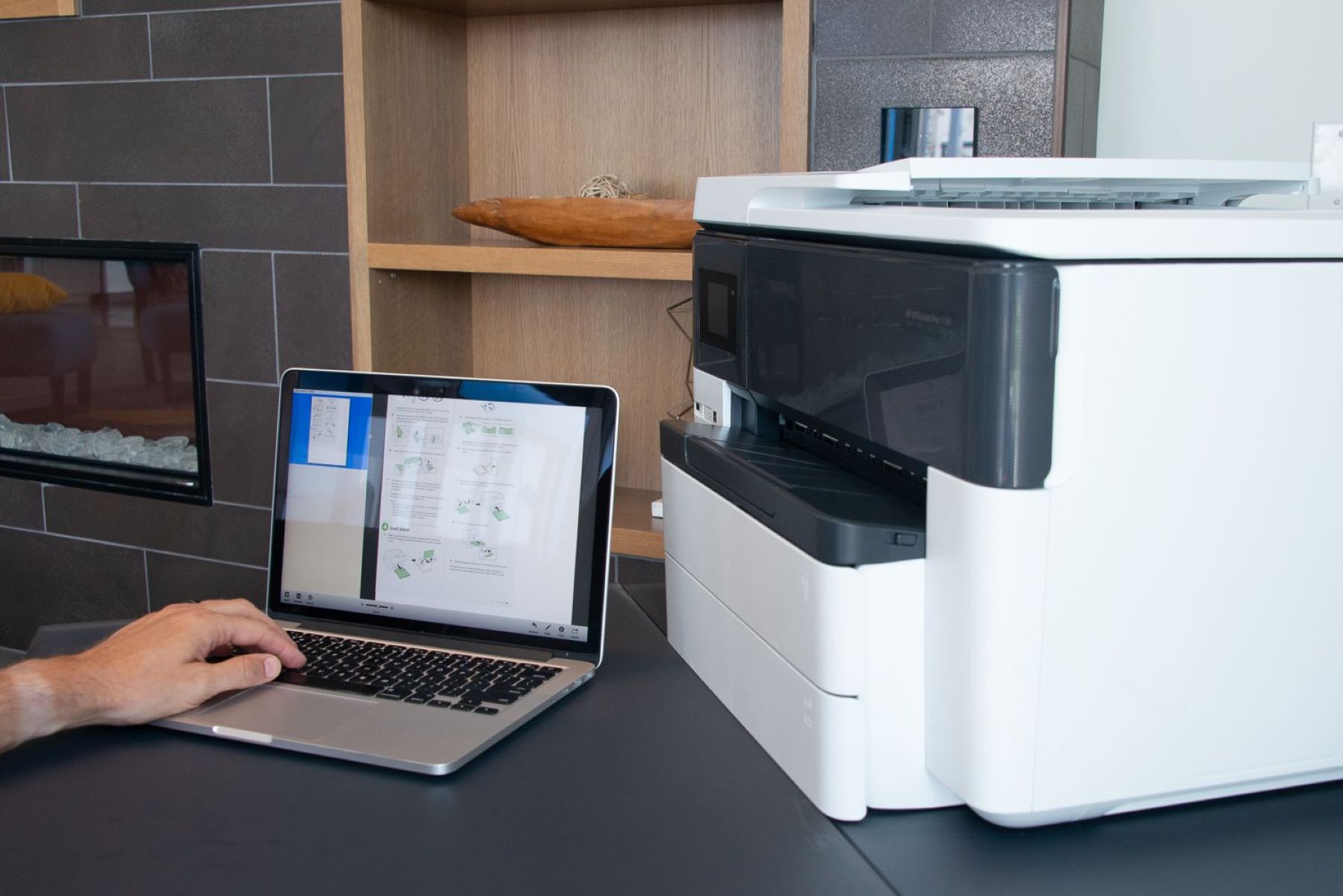
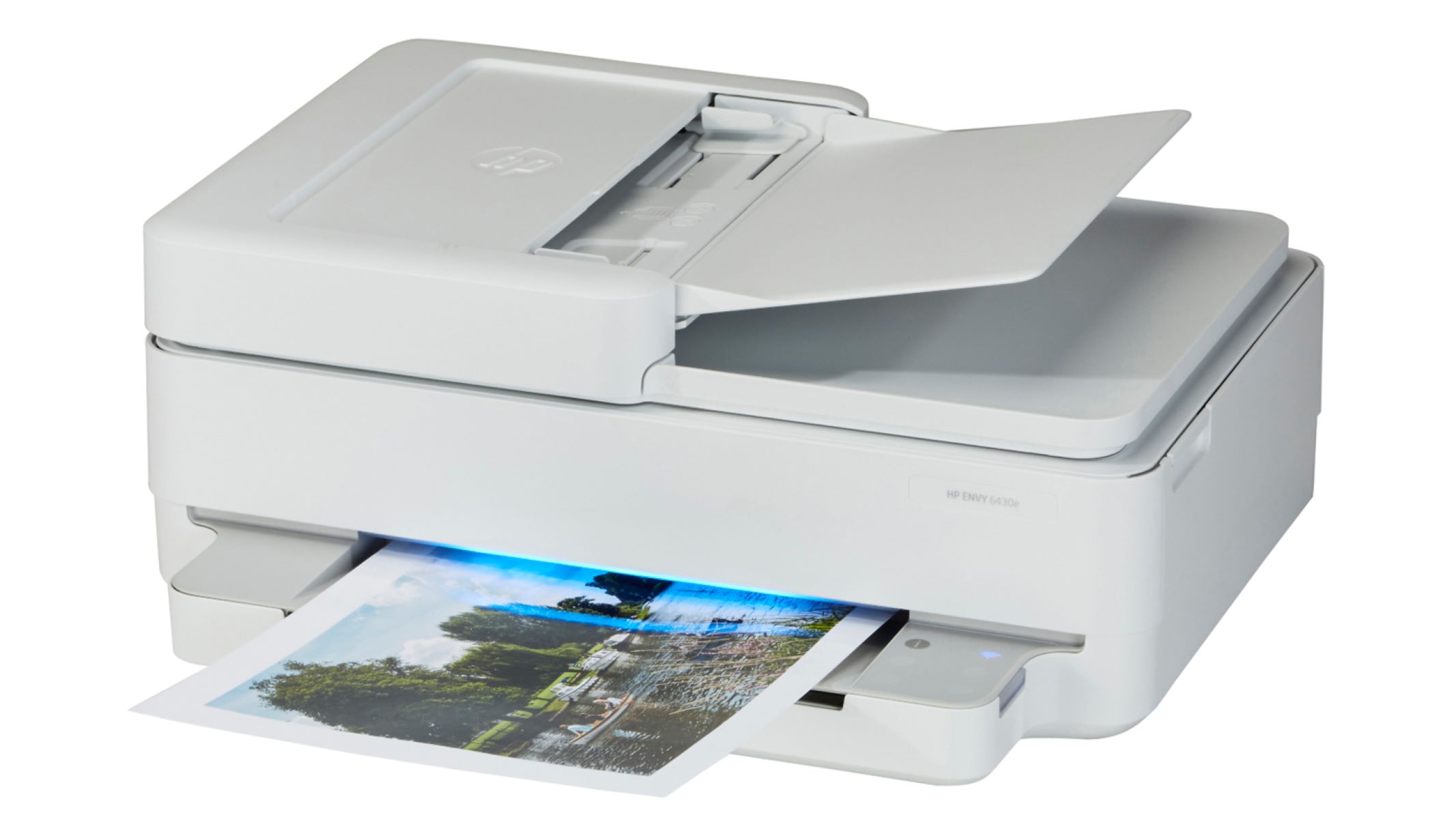

0 thoughts on “How To Change Print Quality On HP Printer”